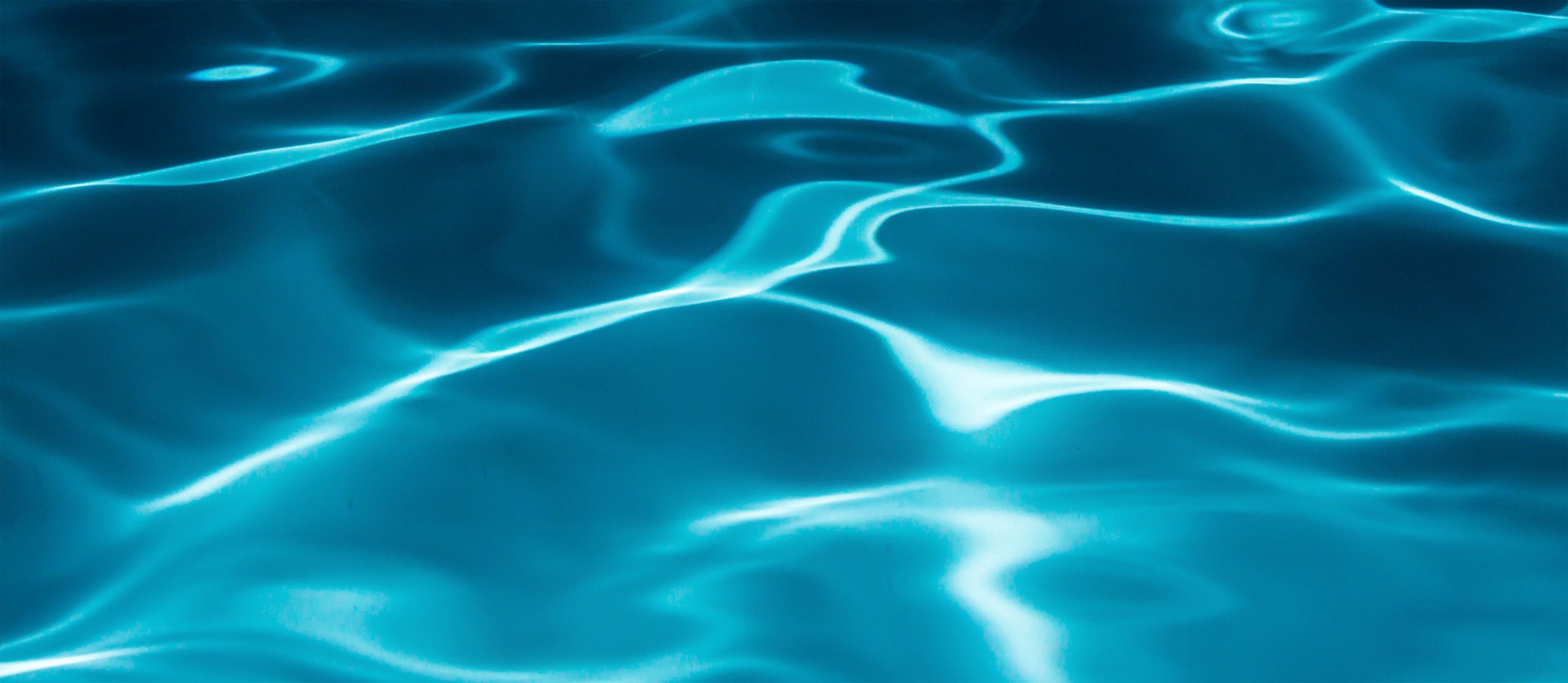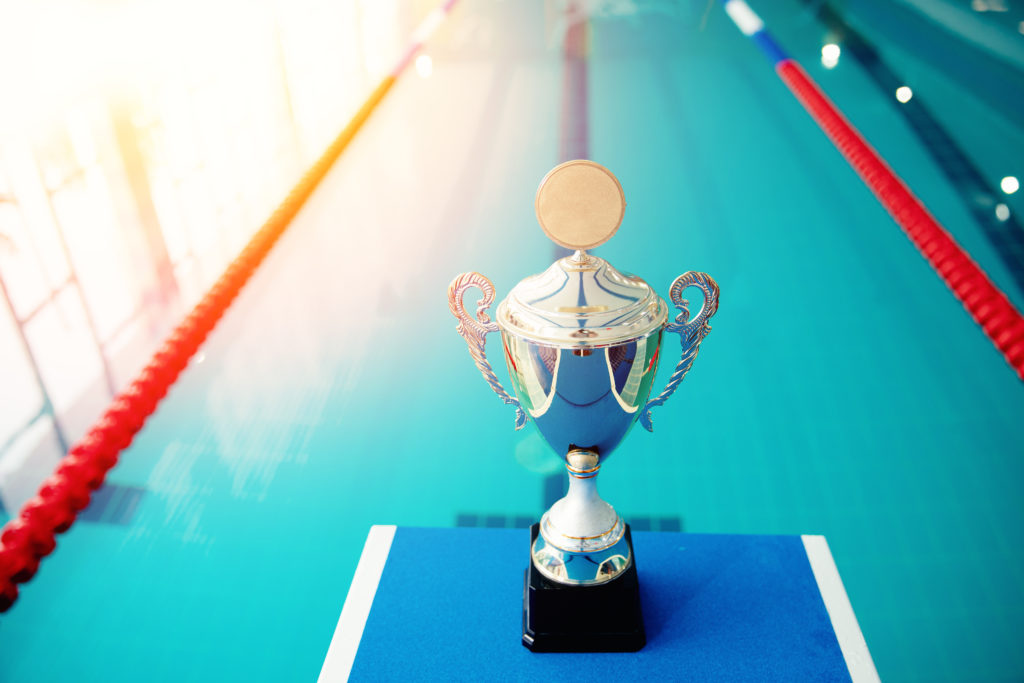Make your pool ‘go green’ with energy-efficient pumps
- June 3, 2014
- Pool Industry News and Tips,
Owning a pool in the San Diego area means you're no stranger to hot days and nights that keep you poolside for hours at a time. As more owners aim to "go green" and install new energy-efficient equipment in their facilities, the first component they might update is their pool pump.
Because it circulates pool water through a filter to ensure its clean and clear, the pump needs to run flawlessly at all times. These extended hours of operation means that a lot of energy can be wasted if the system isn't optimized to conserve usage. Conventional pumps typically run at a singular high speed to clean the pool and manage filtration, which can be unnecessary and lead to waste.
Dancing with the STARs
During the course of your research on pool pumps, you may come across products that are accompanied by an ENERGY STAR certification. But what does this mean to you as a pool owner? In most cases, these pumps can be programmed to match their speed to the operation of the pool. Because of this, they save considerable amounts of energy by not operating during functions like filtration. For example, when the pump is reduced to half speed, it uses up one-eighth of the energy that it would normally consume at full speed.
Over time, ENERGY STAR-certified pool pumps can save you thousands of dollars in energy and maintenance costs. In fact, the savings from these products can accumulate to the point where you earn back your upfront expenses in less than two years. Additionally, these pumps are much quieter than others and serve to extend the life of the existing filtration system.
Getting energy efficient
According to a study conducted by the Center for Energy Conservation at Florida Atlantic University, pool owners reportedly saved almost 75 percent of their original pump bill when they made the transition to ENERGY STAR products. However, when picking the correct pump, you need to be sure to consider the overall size of your swimming pool to make the right choice. The bigger the pool, the larger pump you'll need and the greater your maintenance costs will be. Typically, smaller pumps cost less upfront and can be used if you decrease the circulation system's hydraulic resistance by using a larger filter or extending the length of the pipes.
However, the trick is in operating the pump correctly, as they can often run longer than necessary. When the water is circulating through the filtration system, the chemicals remain mixed together and debris is removed from the pool. But it isn't necessary to continuously circulate the water everyday, as most clutter can be removed with a skimmer or automated vacuum.
Because of this, you should reduce the filtration time on your system to six hours per day. If the water doesn't get cleaned, increase the settings by half-hour increments until all debris is removed and the water is clear.


